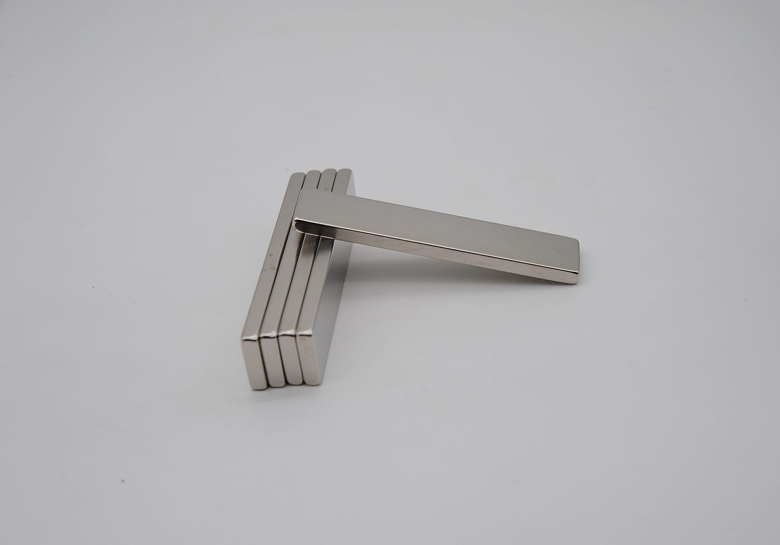Magnet more use of silver or nickel is usually asked about its plating, the following courage magnet xiaofu to introduce you specifically about this issue.
Magnets are often plated to improve their corrosion resistance, aesthetics, and longevity. Nickel (Ni) and silver (Ag) are common options when choosing a plating material, but they each have their own characteristics and application scenarios.
Nickel plating (nickel-copper-nickel) is one of the most commonly used magnet surface treatment materials, especially for neodymium-iron-boron magnets, this kind of plating has better corrosion resistance, aesthetics, higher hardness, and more crucially, affordable.
Nickel-copper-nickel (Ni-Cu-Ni) coating is the most popular coating for NdFeB.

Silver plating, although found in some high-end applications, is not widely used because of its high cost and its corrosion resistance is not a significant advantage over nickel.
In most cases, neodymium rare earth magnets will choose nickel plating because it provides good corrosion resistance and cost-effectiveness. Ferrite magnets may also be treated with nickel plating, but because ferrite itself is less sensitive to corrosion, the application of coatings is not as widespread as neodymium iron boron. For some special applications, such as those that require high conductivity, silver plating may be used.
Final conclusion: In the surface treatment of magnets, nickel coating is the most commonly used choice due to its advantages of cost effectiveness, corrosion resistance and mechanical strength. Although silver coatings have excellent electrical conductivity and aesthetics, due to their high cost, they are usually only used in special needs or high-end applications.
Content Related Articles;
 China Neodymium And Ferrite Magnets Manufacturer & Supplier
China Neodymium And Ferrite Magnets Manufacturer & Supplier 


